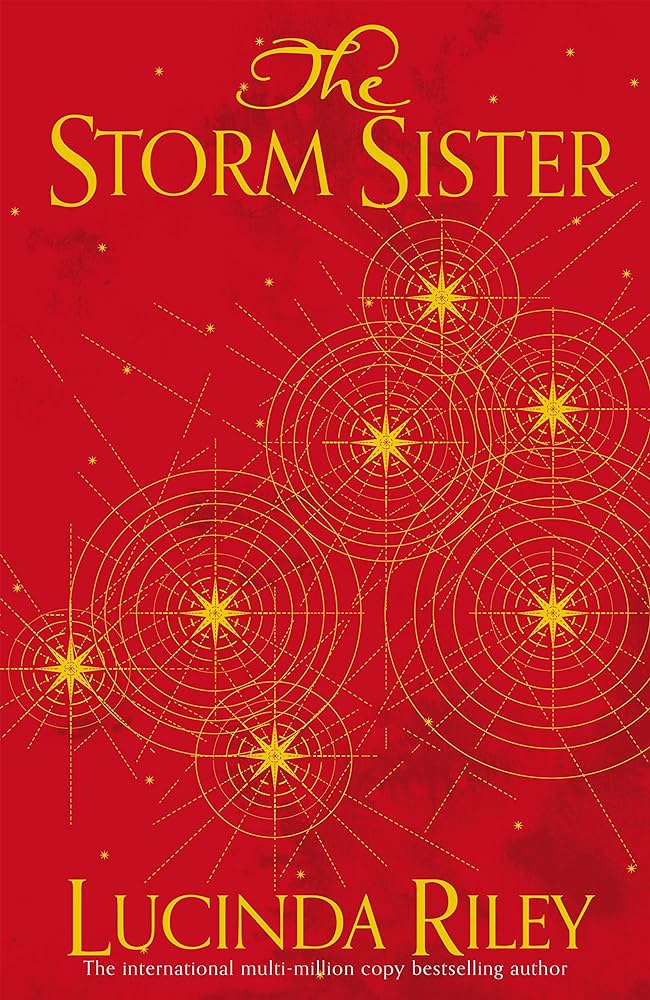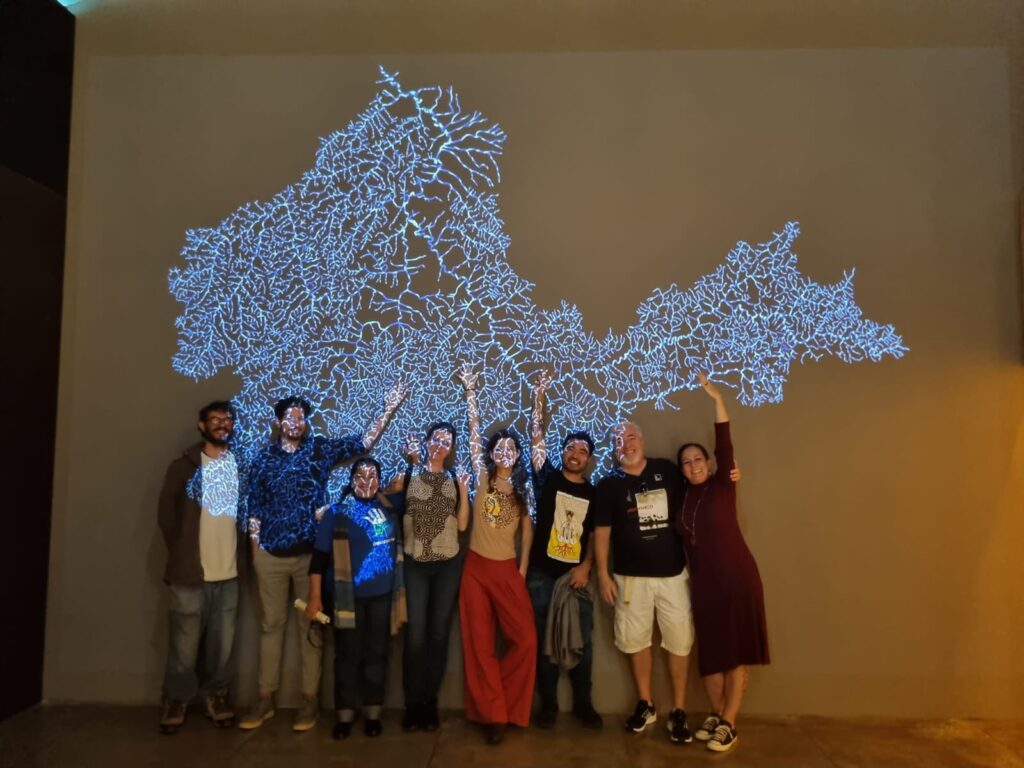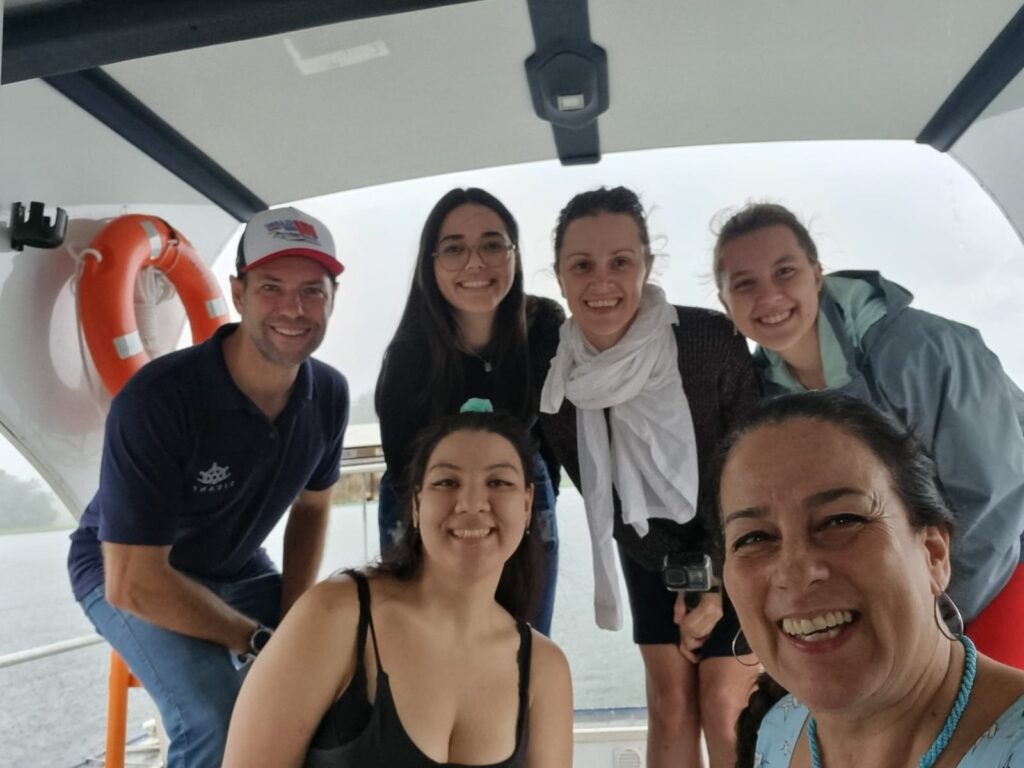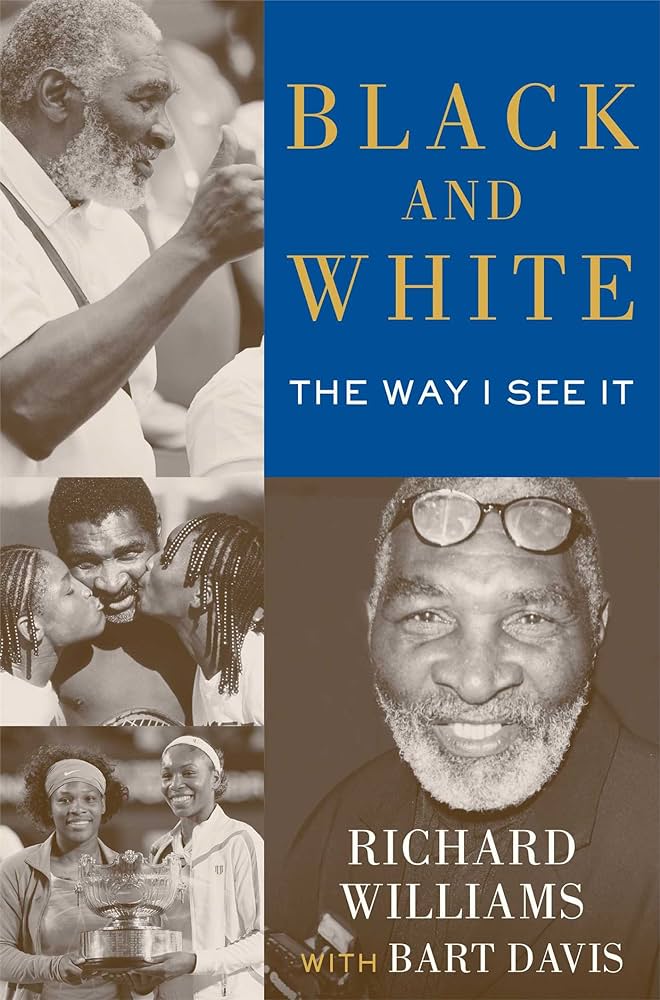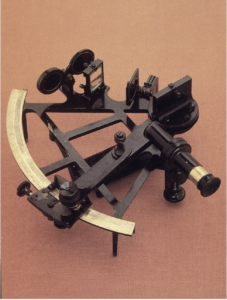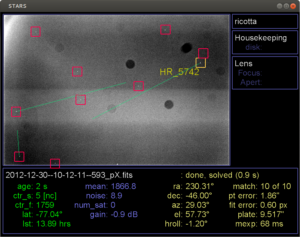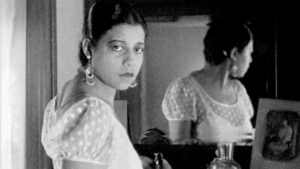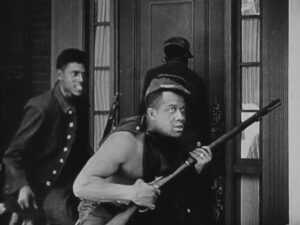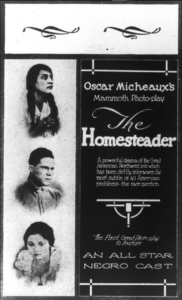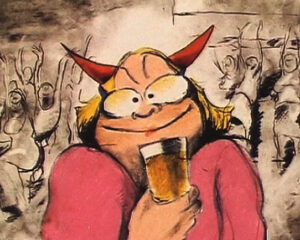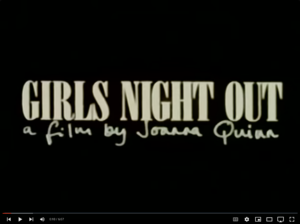I am officially BAFTA albert certified! What does it mean? That I should likely be the person with the most up to date knowledge on how the screen industries must respond to the environmental challenges they face. Practically, I should be able to show production companies “how it’s done” (sounds a bit patronising). Basically, how we can work towards creating sustainability while producing film and TV.

How is the certificate attainable? The BAFTA albert Certification is achieved by completing a Carbon Action Plan. Successful completion of a Carbon Action Plan will allow a production or individual to be given use of the albert logo which can be displayed on the end board (above!).
I was able to obtain my certification after attending a 2-day workshop organised by the Film & Photography department at Kingston University, during which we looked at the most up to date sustainable production techniques in the industry and put them into practice with a 4-task assessment. One of which was the Carbon Action Plan.
I loved every second of the workshop and wished it lasted longer. They made it quite easy to understand the level of impact by creating four big categories: TRAVEL, ENERGY USE, MATERIALS and DISPOSAL (fig 2) and how these can impact the environment based on the type of production: STUDIO BASED ENTERTAINMENT, LOCATION & STUDIO BASED DRAMA, LOCATION BASED FACTUAL and OB / EVENT. Which type of production do you think is the most damaging? And did you know that TRAVEL is the most impactful?
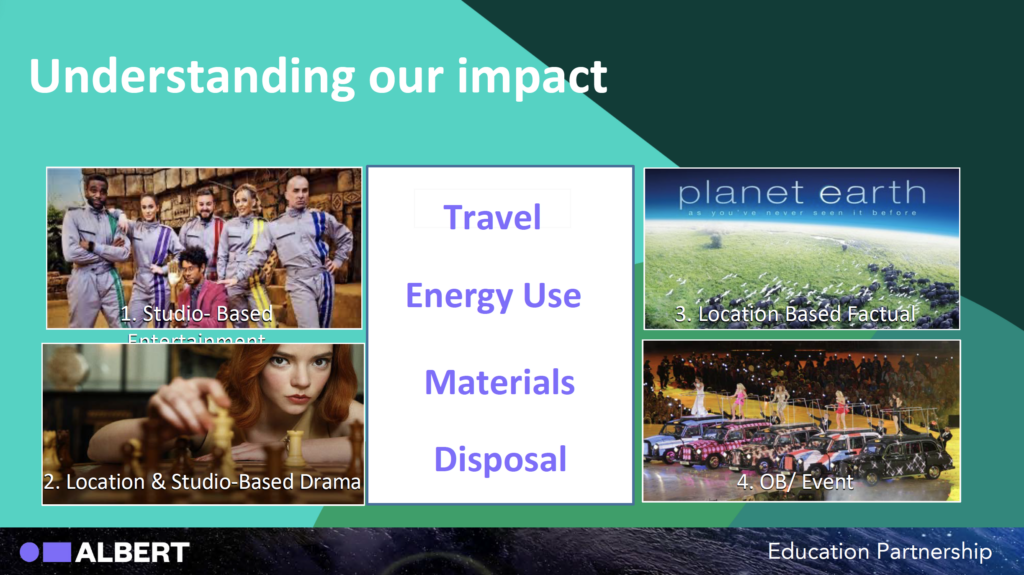
I was quite shocked to see the emission intensities of each genre/production method (fig 3).
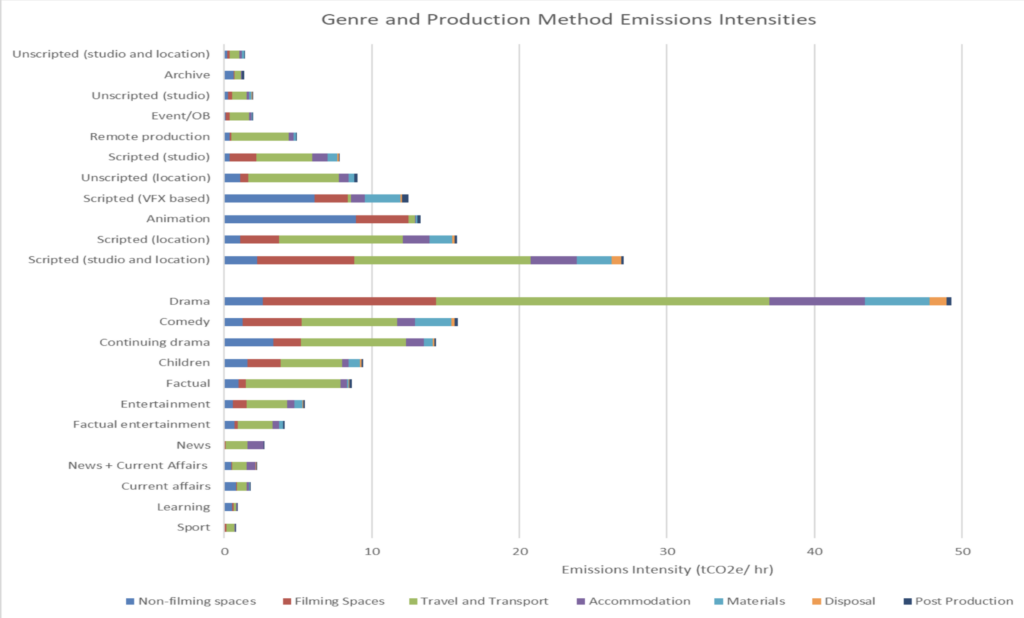
If you didn’t guess it earlier, you can probably now tell which production method is the most damaging (fig 3).

How a film/TV production impact on biodiversity is definitely not the first thing that comes to mind when sitting on the couch watching our favourite Netflix or Amazon Originals, but shall we perhaps consider?


Visitors to location is probably the most underrated, but it DOES impact on biodiversity. Any obsessed fans of the Hobbit here?
The workshop was eye opening and while scary to see how the film/tv industry is impacting the environment, I gained a lot of knowledge and I’m now confident to say that I can lead a production in adopting sustainable techniques.
Whether you work in the film industry or not and whether you’re thinking to get the albert certification, I would suggest you start making a personal commitment to climate change by checking your footprint calculator. It only takes 5 minutes to fill in and it will give you a lot of information about your impact on the environment based on your daily tasks, habits and life standards.
Once you get your footprint results, start making a personal commitment by following some of the suggestions below:



I am indeed very excited about this certification. I was never given a middle name, but if I had to start having one now, it would definitely be Albert!
To find out more about BAFTA albert, go to wearealbert.org
